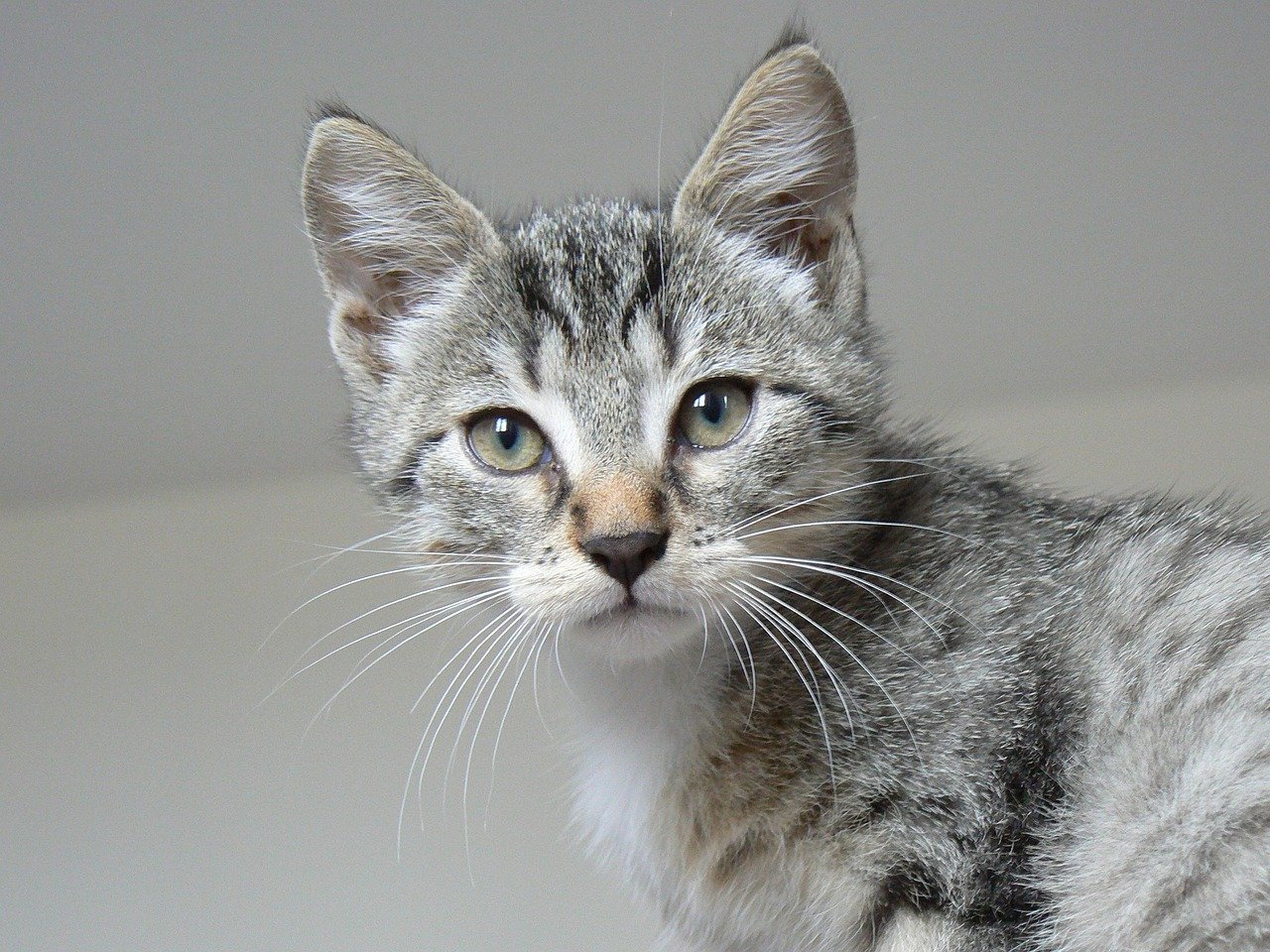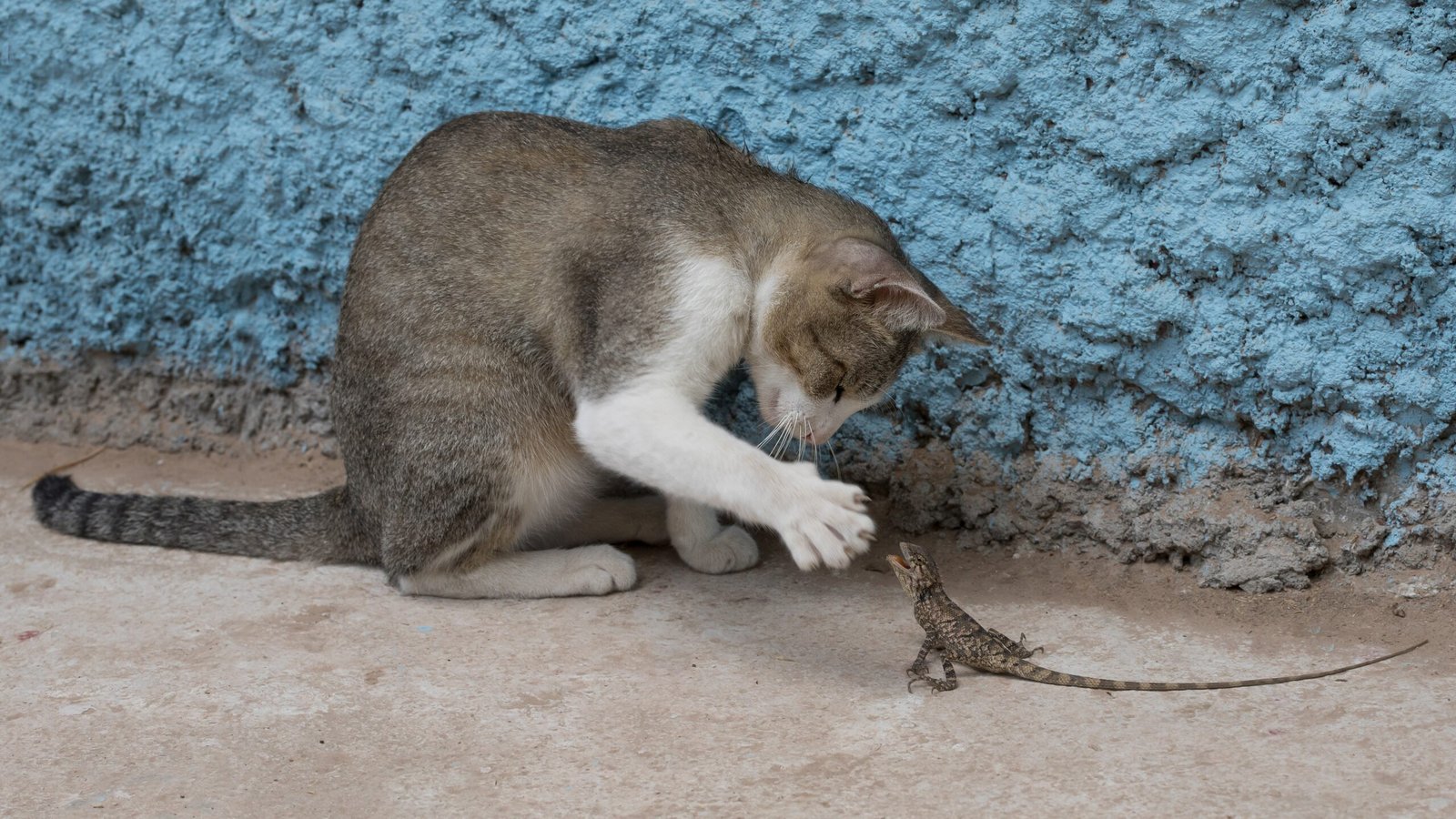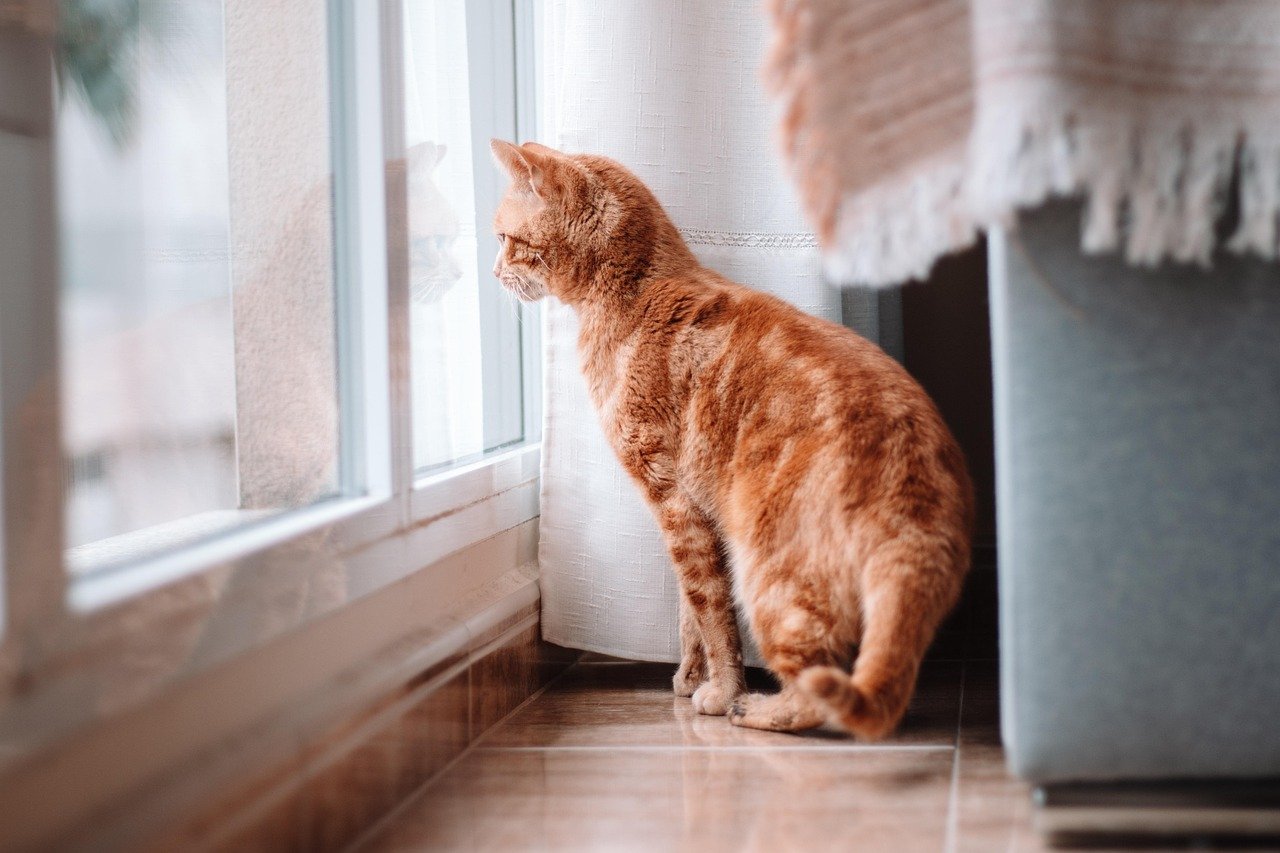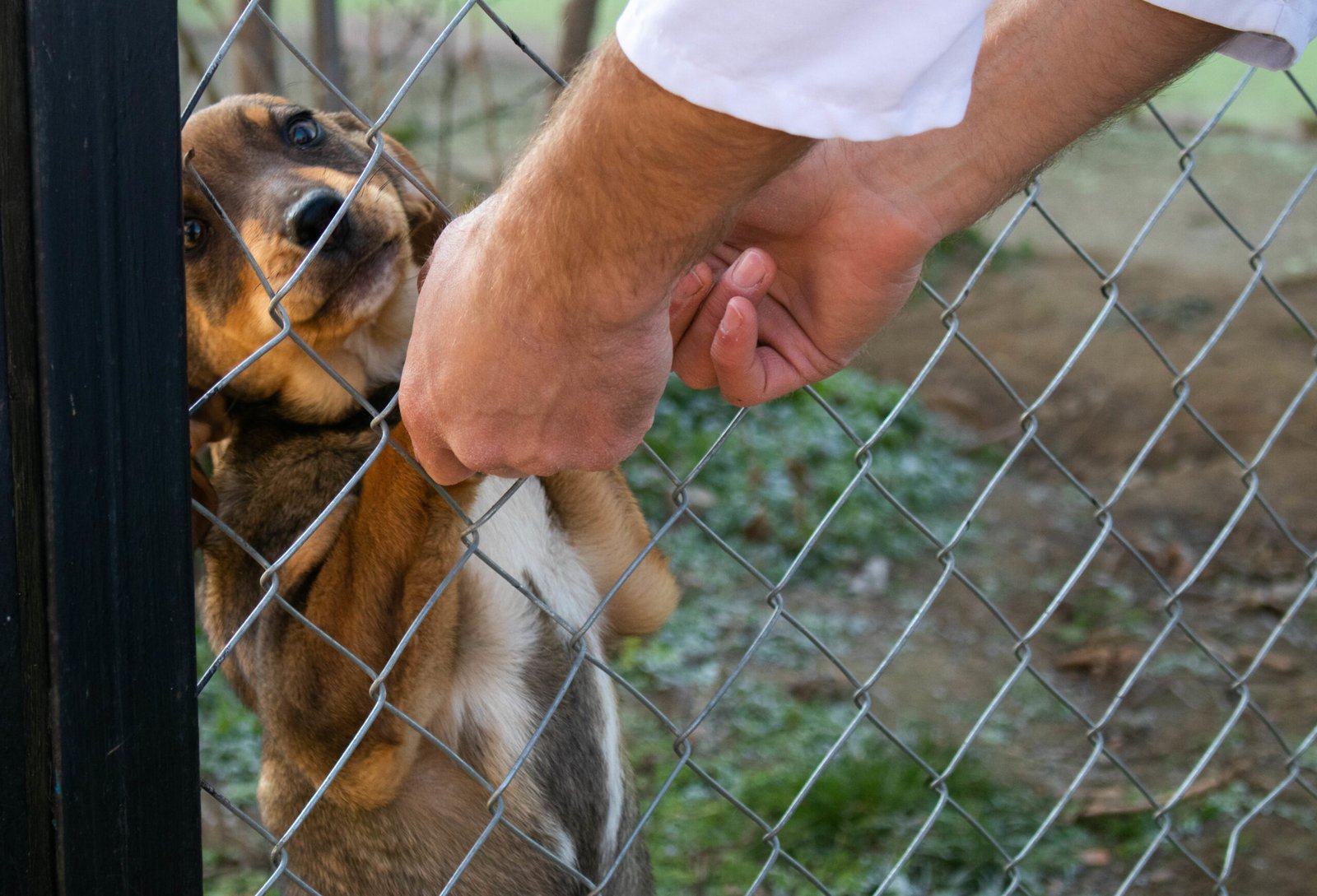Imagine the world through the eyes of a new cat: unfamiliar sights, strange voices, and scents that seem both fascinating and frightening. Bringing a cat into your home is a thrilling adventure, but for your feline friend, it can be utterly overwhelming. The first hours and days are critical. Creating a sense of emotional safety quickly can make the difference between a confident, happy companion and a scared, withdrawn cat. If you want your new cat to truly blossom, the journey begins with trust, patience, and a little bit of feline magic.
Start with a Safe, Small Space

When your new cat arrives, your entire home might seem enormous and intimidating. Instead of giving them free rein, start by setting up a cozy, contained space—perhaps a quiet bedroom or bathroom. Fill it with all the essentials: a litter box, fresh water, food, and a comfy bed. This smaller territory helps reduce anxiety and gives your cat a sense of control. Over time, as your cat feels safer, you can gradually introduce them to other areas. Think of it like dipping your toes into a pool before jumping in. For a cat, less really is more in those first days.
Let Them Hide Without Judgment
One of the most surprising things new cat owners discover is how much cats love to hide. This isn’t a sign of rejection—it’s a natural instinct. Offer boxes, covered beds, or even a blanket-draped chair for your cat to retreat to. Allow your cat to come out on their own terms. Don’t force interaction; instead, let them watch the world from their safe spot. Their confidence will grow when they know they have a refuge whenever things get too overwhelming. Respecting this need to hide is the foundation of emotional security for any new feline.
Keep Noise and Activity Low
Loud sounds and sudden movements can startle even the most adventurous cats. In the beginning, keep the environment as calm as possible. Turn down the television, avoid vacuuming nearby, and keep visitors to a minimum. Children and other pets should be introduced very slowly, if at all. A peaceful environment helps your cat’s heart rate stay steady and sends a clear message: this place is safe. It’s like moving into a tranquil countryside instead of a bustling city, and your cat will appreciate every quiet moment.
Offer Consistent Routines
Cats find comfort in predictability. Feeding, playtime, and cleaning the litter box should happen around the same times each day. This regularity reassures your cat that their needs will always be met. Even simple routines, like opening the blinds at the same hour or sitting down to read near their safe space, can be incredibly soothing. Over time, your cat will anticipate these moments and begin to relax. It’s as if you’re building a schedule of trust, one familiar moment at a time.
Use Gentle, Soothing Voices

The tone and rhythm of your voice can make a world of difference. Speak softly, using calm, slow words when you’re near your new cat. High-pitched, excitable voices can be overwhelming, while a gentle murmur is reassuring. Even if your cat doesn’t understand your words, they’ll sense your intentions. Try reading aloud or humming softly; some cats even respond well to soft music. Remember, your voice is one of the first ways you communicate love and safety.
Let the Cat Come to You
As tempting as it is to scoop up your new companion for cuddles, resist the urge to initiate contact. Instead, sit quietly nearby and let your cat make the first move. Offering a hand for sniffing is a respectful invitation, not a demand. When your cat decides to approach, reward them with gentle praise or a treat. This approach builds trust and sets the stage for a lifelong friendship based on mutual respect. Patience here is not just a virtue—it’s the key to emotional security.
Introduce Scents Gradually

Cats rely heavily on their sense of smell to understand their world. To make your home feel familiar, introduce your scent into their environment. Leave a worn t-shirt or blanket in their space. You can also gently rub a soft cloth on your cat’s cheeks and then on furniture or doorframes to spread their scent. This helps them feel ownership and comfort. Familiar smells act like invisible hugs, reassuring your cat that this new place is truly theirs.
Offer High Perches and Vertical Spaces
Cats feel safe when they can observe their surroundings from above. Providing shelves, cat trees, or window perches gives your feline friend a vantage point to watch family activities without feeling threatened. High spaces are not just fun—they’re vital for confidence. If you don’t have a cat tree, a cleared bookshelf or sturdy dresser will do. Think of these spaces as a castle tower for your new royal guest, where they can look out over their new kingdom.
Provide Interactive Toys and Enrichment
Boredom can quickly turn into stress for a new cat. Interactive toys, puzzle feeders, and simple objects like crumpled paper balls can provide much-needed stimulation. Play not only distracts from anxiety but also encourages healthy curiosity. Rotate toys regularly to keep things interesting. Remember, playtime is a bridge to bonding—each shared moment of fun is another brick in the foundation of trust.
Respect Their Body Language

Cats speak volumes through their tails, ears, and eyes. A cat with relaxed ears, slow blinks, and a softly swaying tail is likely feeling safe. On the other hand, flattened ears, a puffed-up tail, or hissing signal stress. Learn to read these cues and respond accordingly—back off if your cat seems wary, or approach slowly when they seem calm. Respect for their signals is a powerful way to show you care about their comfort.
Minimize Unfamiliar Smells

Strong or unfamiliar scents can put your new cat on edge. Avoid using scented candles, air fresheners, or heavy cleaning products near their safe space. Even the smell of other animals or new furniture can be overwhelming. Stick to unscented or cat-friendly products and air out rooms frequently. This small adjustment can make your home feel less alien and more inviting.
Feed Tasty, Tempting Treats
Nothing builds goodwill like delicious food. Offer your cat high-value treats—think small pieces of cooked chicken, tuna, or store-bought cat treats. Use these rewards to encourage positive interactions, like approaching you or playing with a new toy. Treats can even help with training and socialization. Just be careful not to overdo it; moderation is key. The right treat at the right moment can be a powerful gesture of love.
Use Feline Pheromone Diffusers
Synthetic feline pheromones, available as sprays or plug-in diffusers, mimic the comforting scents cats naturally produce. These products can help reduce anxiety and promote a sense of calm. Place a diffuser in your cat’s safe room for a gentle, invisible layer of reassurance. Many cat owners are surprised at how quickly these products help new arrivals settle in. If your cat seems especially nervous, pheromones can be a gentle nudge toward emotional stability.
Establish a Predictable Litter Box Routine
Litter box habits can be a source of stress for new cats. Keep the box in a quiet, easily accessible spot and scoop it daily. Avoid scented litters that might be off-putting. If your cat is used to a certain type of litter or box from their previous home or shelter, try to match it. A clean, familiar litter box tells your cat that their new environment is safe and comfortable, and it prevents accidents that can cause further anxiety.
Slowly Introduce Other Pets

If you have other animals, introductions should be slow and supervised. Start by allowing your new cat to sniff the other pets’ bedding or toys from a distance. Gradually progress to visual introductions through a cracked door or baby gate, and only move to face-to-face meetings when both animals seem calm. Rushing this process can cause setbacks. Every positive, peaceful encounter is a step toward a harmonious multi-pet household.
Allow Time for Exploration

Once your cat seems comfortable in their safe room, open up new areas of your home little by little. Supervised exploration helps them learn the layout and find more hiding spots. Watch for signs of stress and be ready to guide them back to their safe zone if they seem overwhelmed. Remember, every cat moves at their own pace. Exploration is a sign that your cat is building confidence and starting to feel at home.
Bond Through Gentle Play and Affection
Play is a universal language for cats. Use wand toys, feathers, or even a dangling string to encourage gentle interaction. If your cat enjoys petting, keep strokes slow and light, focusing on their cheeks or under the chin. Never force contact—let your cat dictate the pace. Positive play sessions build trust and reinforce the idea that you are a source of fun and comfort. Over time, these moments become the highlights of your cat’s day.
Speak with Your Veterinarian

Stress can sometimes mask underlying health issues. Schedule a gentle, stress-free check-up with your vet soon after bringing your cat home. Discuss any concerns about behavior or eating habits. Your vet can also give tips on easing the transition and checking for any signs of illness. A healthy cat is a confident cat, and medical reassurance is an important part of emotional safety.
Offer Windows and Natural Light
Cats are natural sunbathers and love watching the world go by. A window perch or access to a sunny spot provides entertainment and relaxation. Birds, squirrels, and even passing clouds can keep your cat entertained for hours. Natural light also supports their well-being and helps regulate sleep patterns. A cozy window seat can quickly become your cat’s favorite spot—a place where they can feel safe while staying connected to the outside world.
Celebrate Small Victories

Every milestone—whether it’s your cat eating their first meal, using the litter box, or approaching you for a sniff—is worth celebrating. Keep a journal or take photos to track progress. These small steps are proof that your patience is paying off. Share your excitement with gentle praise and maybe a treat. Remember, every little success builds a foundation of trust and love.
Be Patient, Loving, and Consistent
Above all, know that building emotional safety takes time. There will be setbacks and surprises along the way. Be gentle with yourself and your cat. Keep routines steady, your presence calm, and your heart open. Every act of patience is a step closer to a deep, lasting bond. The journey may be slow, but the rewards are immeasurable. Isn’t it amazing how much love can grow from a little patience?
Hi, I’m Bola, a passionate writer and creative strategist with a knack for crafting compelling content that educates, inspires, and connects. Over the years, I’ve honed my skills across various writing fields, including content creation, copywriting, online course development, and video scriptwriting.
When I’m not at my desk, you’ll find me exploring new ideas, reading books, or brainstorming creative ways to solve challenges. I believe that words have the power to transform, and I’m here to help you leverage that power for success.
Thanks for stopping by, Keep coming to this website to checkout new articles form me. You’d always love it!






